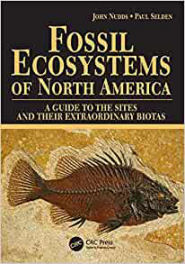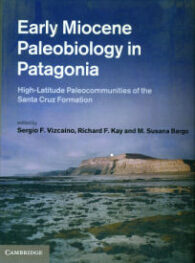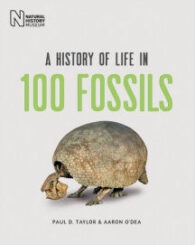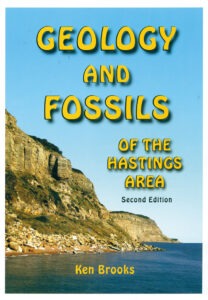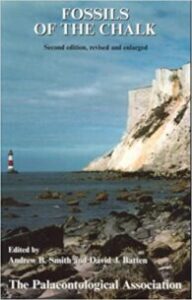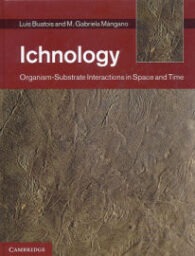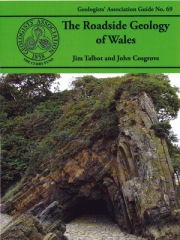Any serious collector of fossils will certainly have heard of the famous Green River, Morrison and Hell Creek formations. These, are not commonly detailed in guides that can easily be obtained in the UK – that is until now. Dr John R Nudds from the University of Manchester, UK, has teamed up with Dr Paul A Selden from the University of Kansas, USA, to produce this outstanding publication.
